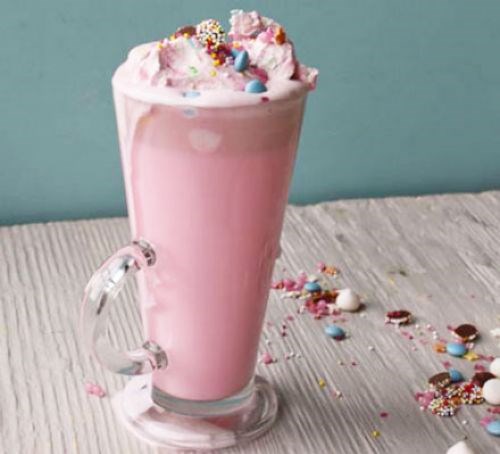How does a food go viral?
May 30, 2017 by Darcie 
It seems that every other week a food video or Instagram post captivates the world (or at least significant portions of it). Whether it’s unicorn frappucinos, rainbow bagels, or another kitschy concoction, people across the globe get swept up in the latest craze. But just how do these creations gather such momentum? Tasting Table explores the many factors that affect viral food trends.
Naturally, social media plays a huge role. Never before has there been a platform that can reach such a huge audience in an instant. But every photo and video is competing with millions – or even billions – of others, so how does one stand out from the rest? It’s a combination of several things, chief among them “simplicity, relatability, humor, shock value and good timing,” according to several websites that follow food trends.
Most of the time, the people whose food becomes an internet sensation didn’t set out to create a viral trend. Usually, it comes as a surprise to them. That’s the case with the rainbow bagel creator, Scot Rossillo, owner of Brooklyn’s The Bagel Store. He started making his colorful bagels nearly 20 years ago. “I would make the rainbow bagels as a piece of art and to reduce stress, and they would sell, but not to the extent that you see today,” he said.
In Rossillo’s case, a video hosted on the website Business Insider was the key to becoming a sensation. The video of Rossillo and his partner, Osiel Escobar, making the rainbow bagels has garnered almost 72 million views and 840,000 shares since it was put online in 2016. Similar stories are behind the unicorn foods and Black Tap milkshake crazes.
Photo of unicorn hot chocolate from BBC Good Food by Miriam Nice
Categories
- All Posts (6940)
- Antipasto (2135)
- Author Articles (247)
- Book News (935)
- Cookbook Giveaways (983)
- Cookbook Lovers (257)
- Cooking Tips (109)
- Culinary News (299)
- Food Biz People (552)
- Food Online (791)
- Holidays & Celebrations (272)
- New Cookbooks (149)
- Recipes (1500)
- Shelf Life With Susie (231)
- What's New on EYB (133)
Archives
Latest Comments
- Atroyer7 on Danube Cookbook Review and Giveaway
- demomcook on What foods do you look forward to the most for each season?
- demomcook on Danube Cookbook Review and Giveaway
- Darcie on How cookbooks can help build resilience
- mholson3 on Danube Cookbook Review and Giveaway
- Rinshin on How cookbooks can help build resilience
- sarahawker on Danube Cookbook Review and Giveaway
- Sand9 on Danube Cookbook Review and Giveaway
- hankintoby29 on Heritage Cookies of the Mediterranean World – Cookbook Giveaway
- WBB613 on Feasts of Good Fortune Cookbook Giveaway